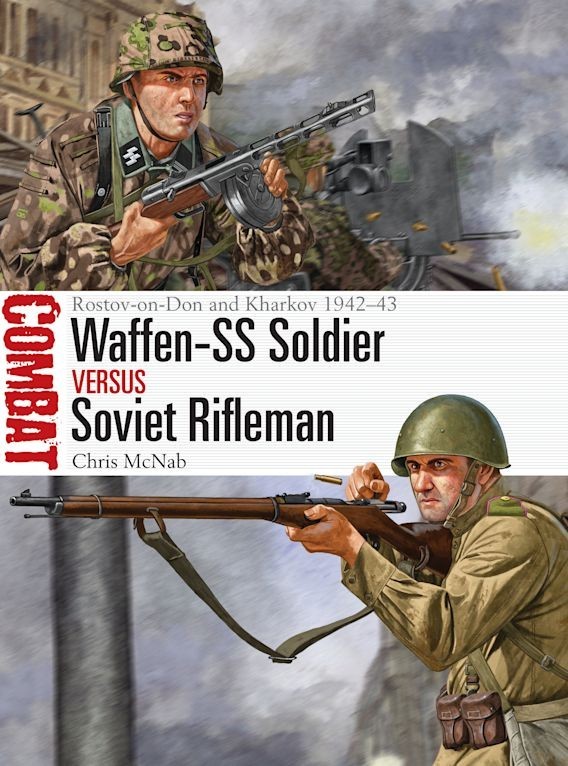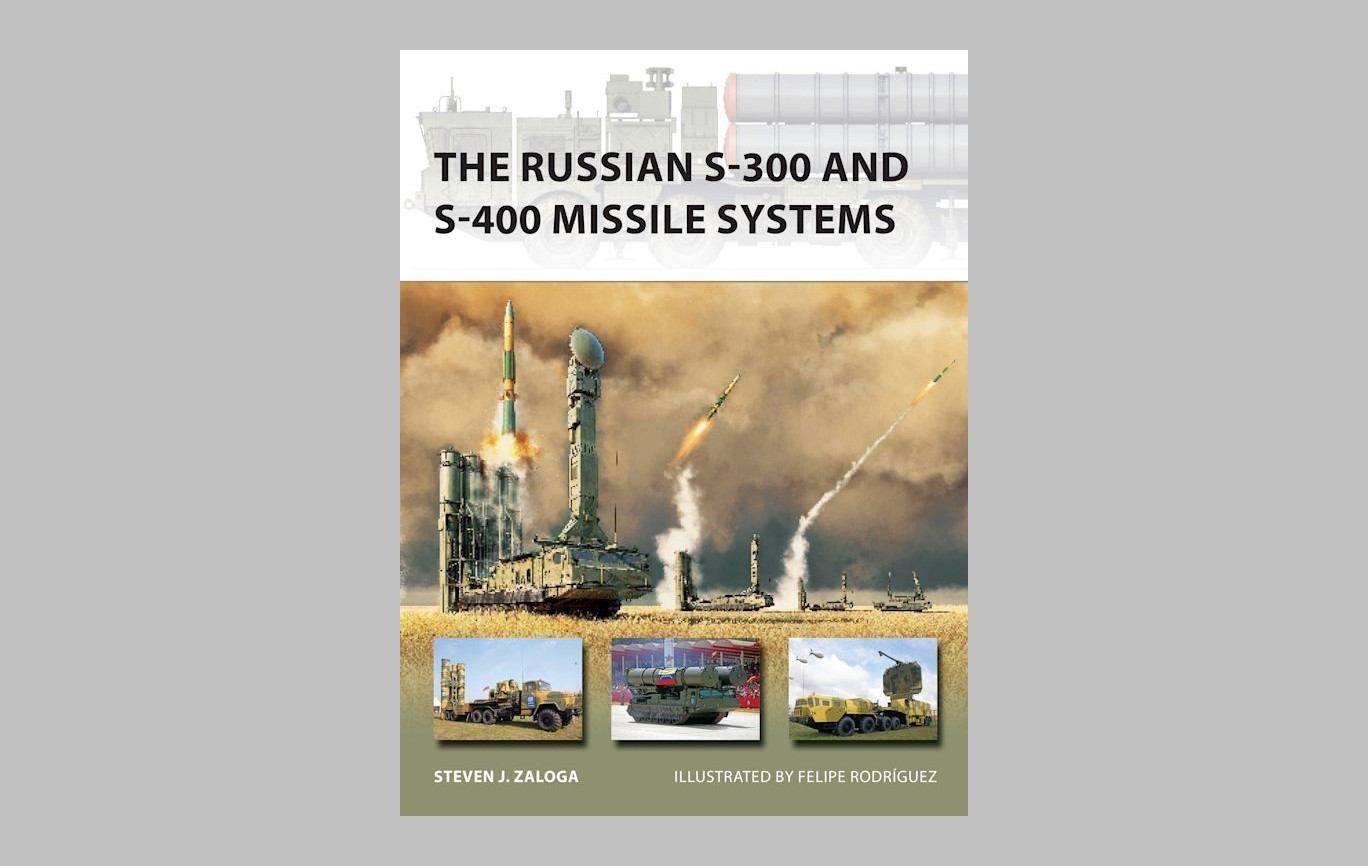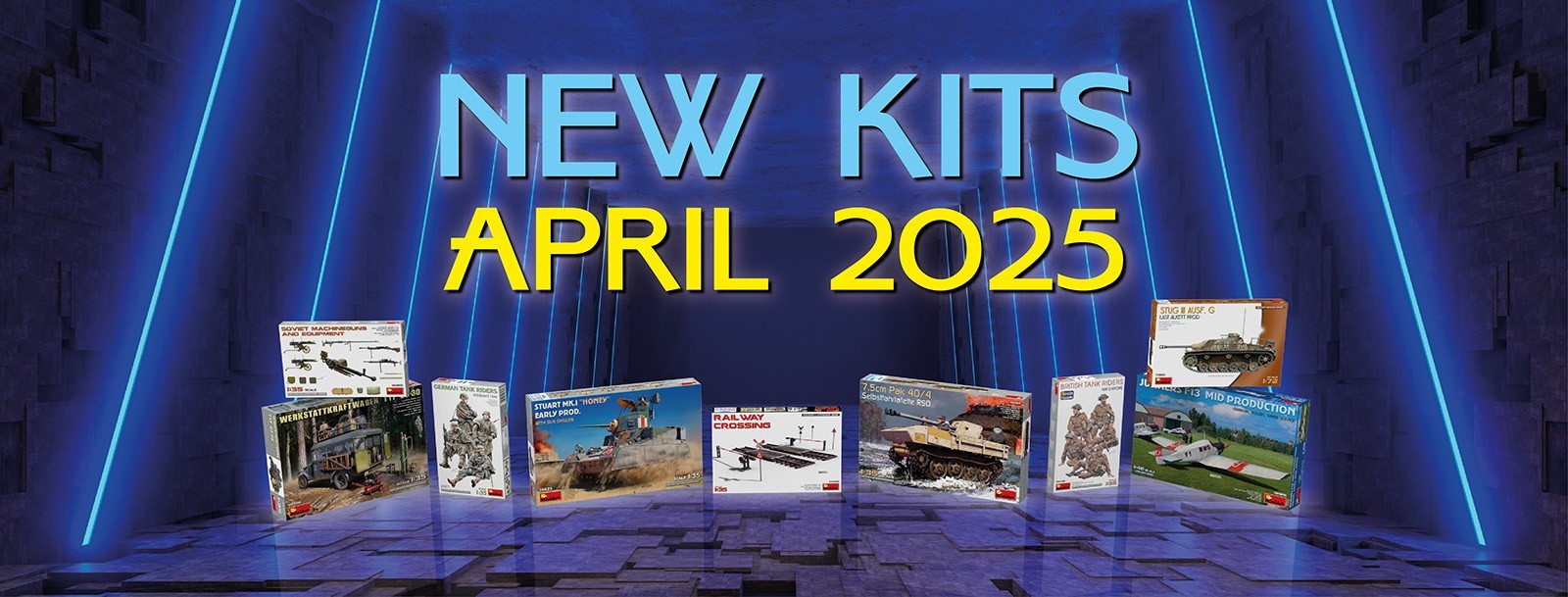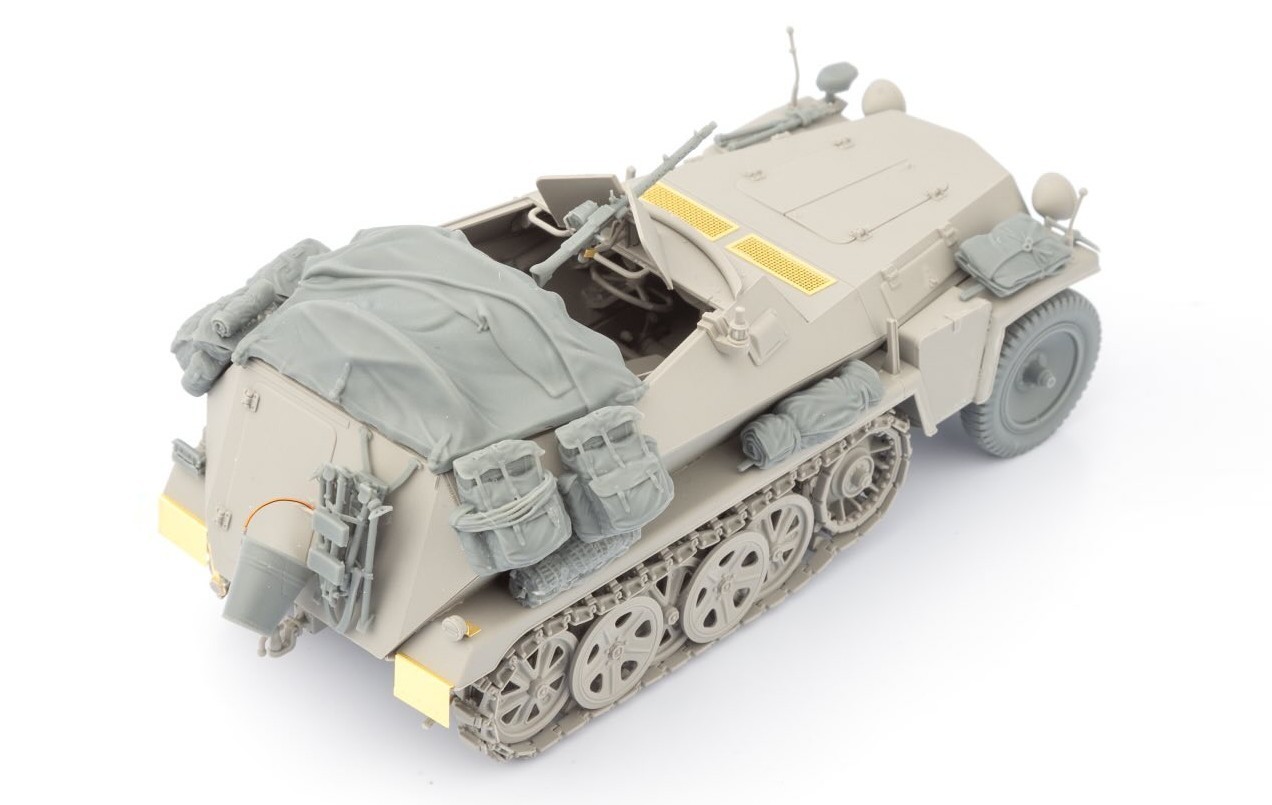
An expert account of the development, role, and capabilities of the S-300 and S-400 air defence missile systems, key strategic weapons in Putin's Russia.
Few modern missile systems have had such significance as the S-300 family. Highly regarded technically, Russia's most powerful air-defense systems have been a major strategic asset to the country, exported to major powers around the world, and are a key weapon in many international hotspots and in recent wars.
In this book, professional missile systems analyst Steve Zaloga uses his specialist knowledge to assess and analyse them in detail. He explains that the S-300 is, in fact, three systems: the S-300P, designed as a replacement for older Soviet strategic SAM systems, the S-300V, developed to defend against Pershing ballistic missiles, and the S-300F, designed for ship defense. He also considers the supplementary S-350 system and the new-generation S-400 system, deployed in Syria and sold to both China and Turkey. An assessment of the latest S-500 system, designed to counter ballistic missiles and hypersonic cruise missiles, is also provided.
Packed with detailed colour artwork and new photos, this book explains the considerable evolution of the S-300 family, perhaps the world's most famous strategic SAM, over the last three decades.

Fully illustrated, this study assesses the Soviet and Waffen-SS troops who contested the cities of Kharkov and Rostov-on-Don on the Eastern Front during 1942–43.
As the Axis invasion of the Soviet Union unfolded, two places that suffered exceptionally severely were Kharkov (now Kharkiv) in Ukraine and Rostov-on-Don in Russia. In total, Kharkov would change hands violently four times between October 1941 and August 1943, and Rostov-on-Don also four times between November 1941 and February 1943.
In this book, Chris McNab examines the fighting men of the Red Army and the Waffen-SS who clashed in three battles – one for Rostov (July 1942) and two for Kharkov (February–March and August). He clearly explains the key differences between these two opponents – training, tactics, weaponry, ideology and motivation – and examines how these differences played out in the three engagements, which ranged from open-terrain combined-arms battles to close-quarters street fighting in major urban zones. The text is complemented by specially commissioned artwork and mapping and carefully chosen archive photographs.




























